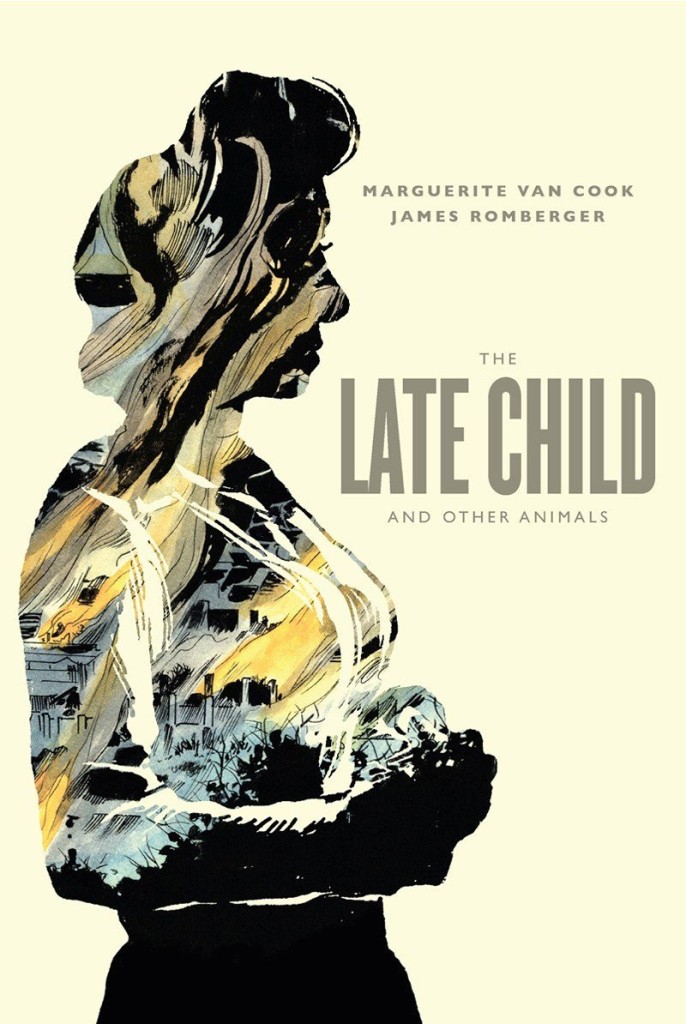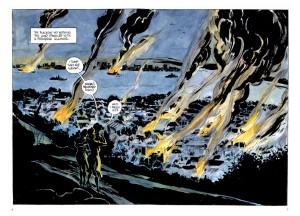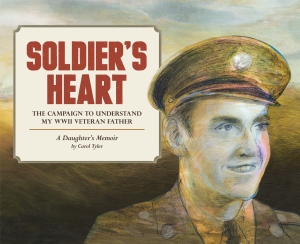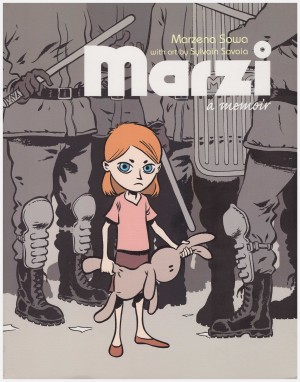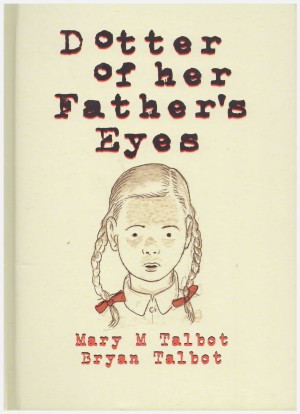Review by Frank Plowright
For Marguerite Van Cook the Late Child appears to have been very much the necessary purge. It’s five connected vignettes, simultaneously relating her mother’s hardships as an English woman during World War II and her own, later travails.
An emotional restraint characterises every piece, as if presented with Hetty’s wartime stiff upper lip and suppression of any feeling, because, after all, the suffering of others was worse. It’s effective in simultaneously manifesting great anger that anyone should have to endure the collected indignities and oppression. Entrenched British hypocrisy characterises the opening chapters. This is an establishment that will deliver a telegram noting the death of a husband in North Africa in the country’s service, then weeks later begin proceedings to remove an adopted child on the basis that a single mother is incapable of providing a fit home. Jane isn’t the only child Hetty has to battle to keep.
With the third chapter the narrative switches to Van Cook’s own childhood recollections, spanning roughly a decade from the late 1950s. The link between each of the five tales is trauma, which takes different forms. As there are generational aspects locked into the periods, more readers are likely to have had personal experience with Van Cook’s own traumas.
The combination of Van Cook’s colouring with James Romberger’s art is remarkable. He’s called on to vary his style throughout, yet is equally at home with bucolic scenes of the Isle of Wight or the sinister penultimate chapter drawn in increasingly small panels. Their styles are different, but it brings to mind the claustrophobia Bernard Krigstein could induce with his best strips. A great visual imagination is in play throughout. At one point Hetty endures an inquisition, and her tormentors are portrayed as crows, poised to pick out any worm of contradiction or falsehood, growing as Hetty’s confidence diminishes.
It perfectly complements Van Cook’s own reminiscing. She adeptly steps back into childhood for the first of her own pieces, then successfully adopts a second persona, before applying the sardonic gloss of hindsight to her memories of France as a teenager. Elements of one chapter inform another, adding to what are already stories well told, the previous chapters, for instance, indicating how a talent for compartmentalising distress has been cultivated as the final recollection plays out. Van Cook’s excellent at instilling a mood prior to suddenly transforming it, and there’s an often poetic quality to her descriptions.
The Late Child and Other Animals seemingly sunk without trace on publication. That’s puzzling and ought to be rectified. The 2016 release of I, Daniel Blake, displays that the targets may have changed, but the spirit of state oppression is evident in 21st century Britain, supplying the early chapters with a contemporary relevance. Likewise the threats faced by the young Van Cook may not be universal, but they remain events experienced by too many.
This an immensely satisfying, instructional and readable recollection that should appeal to any intelligent adult into whose hands it’s placed. Christmas is coming up.
